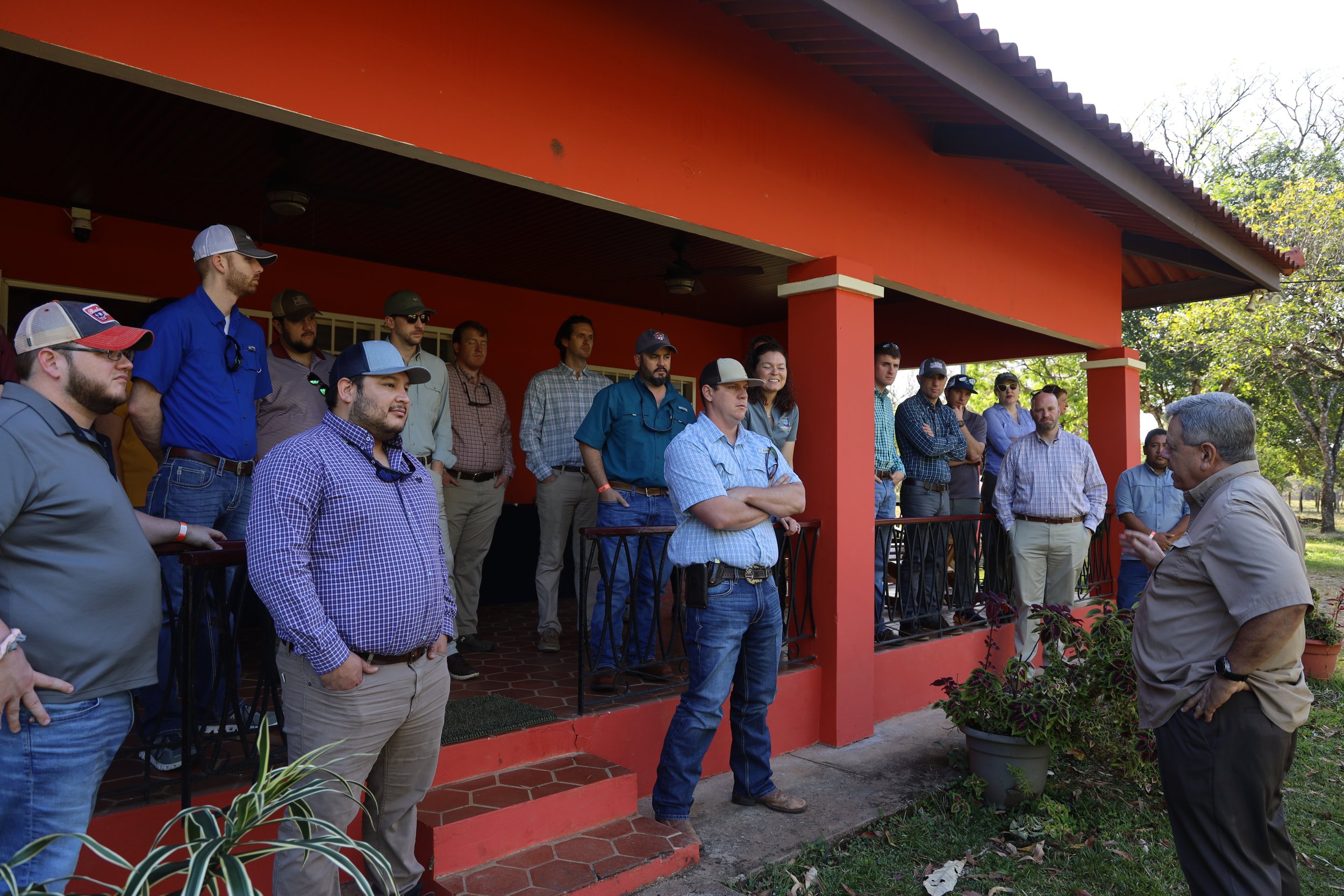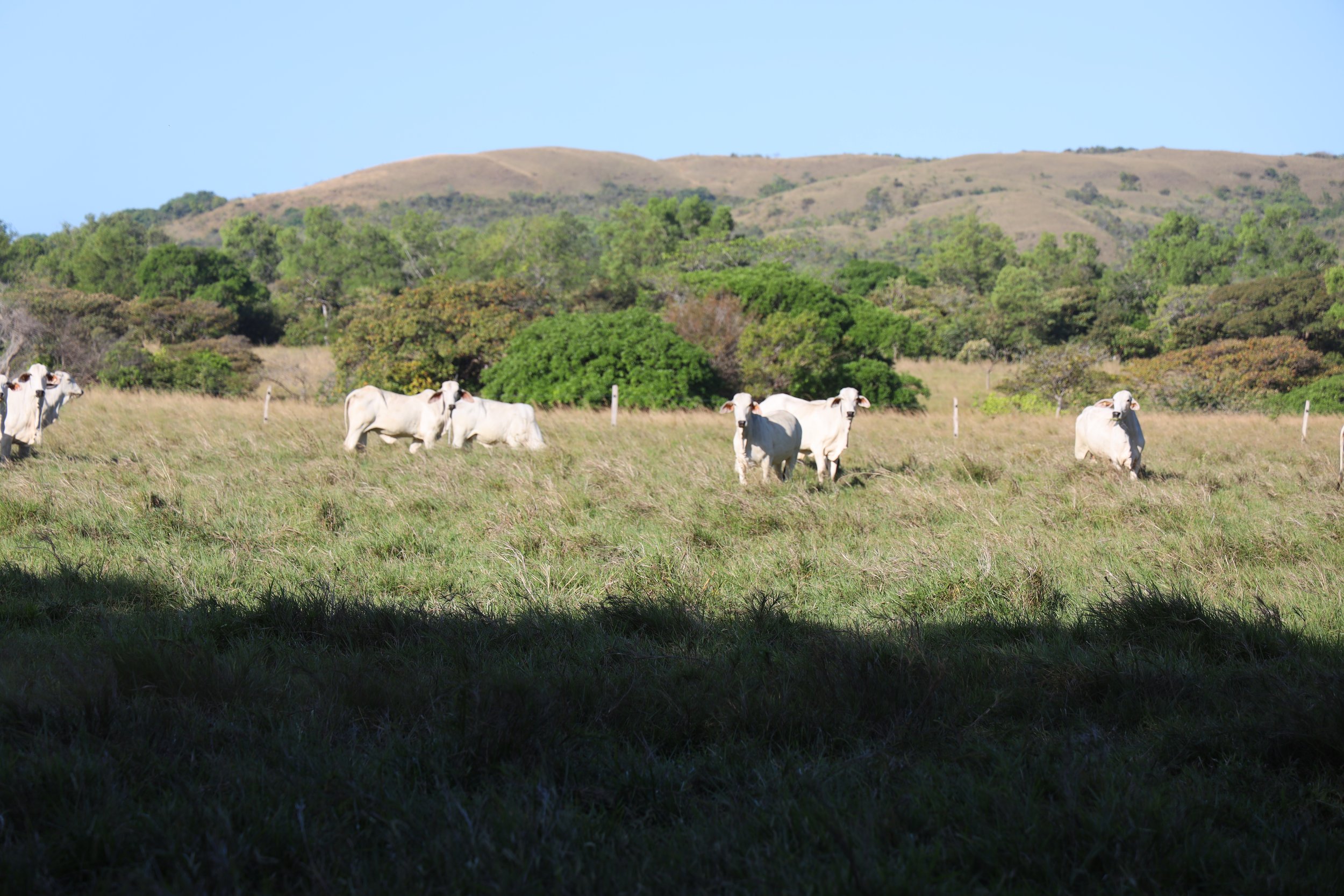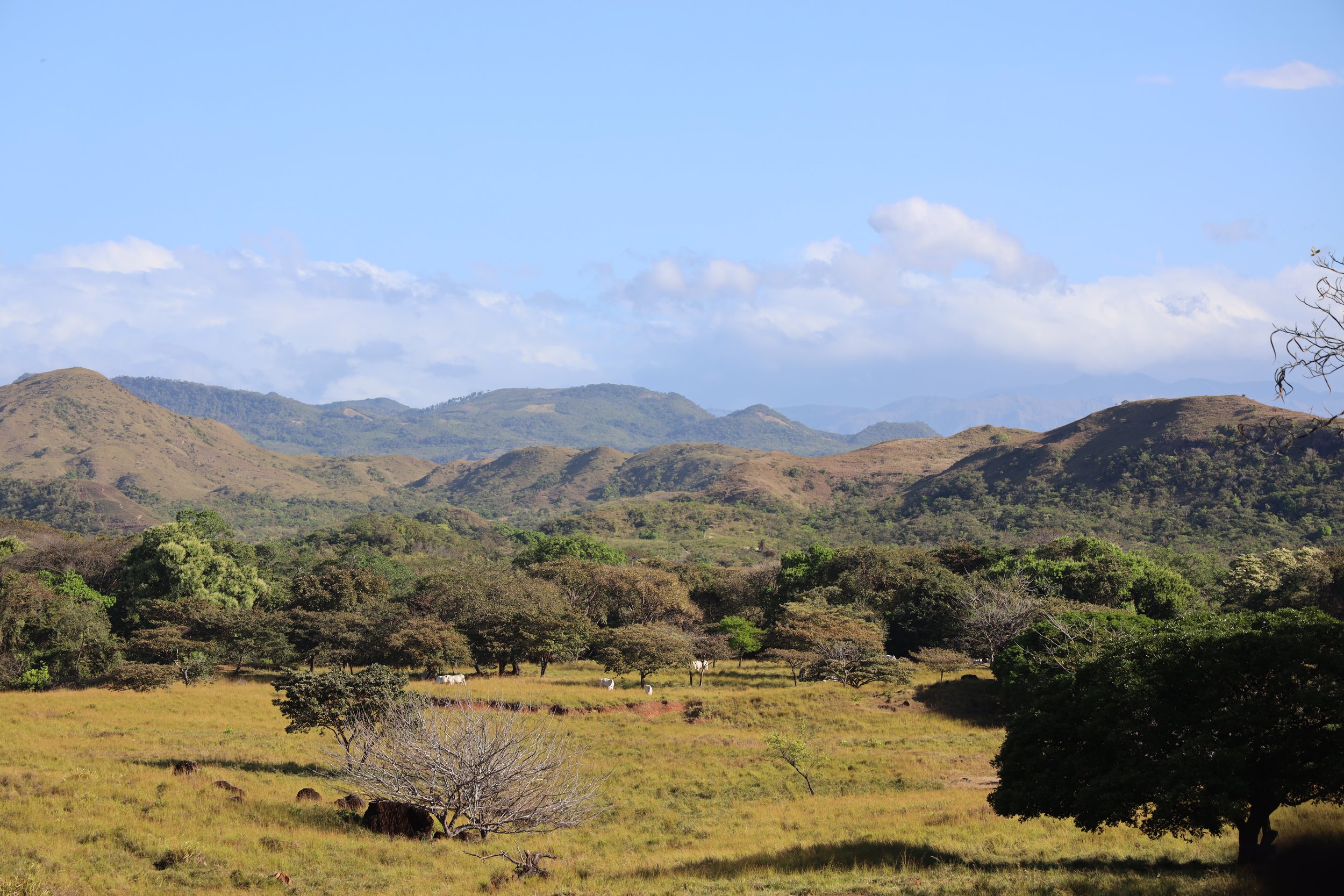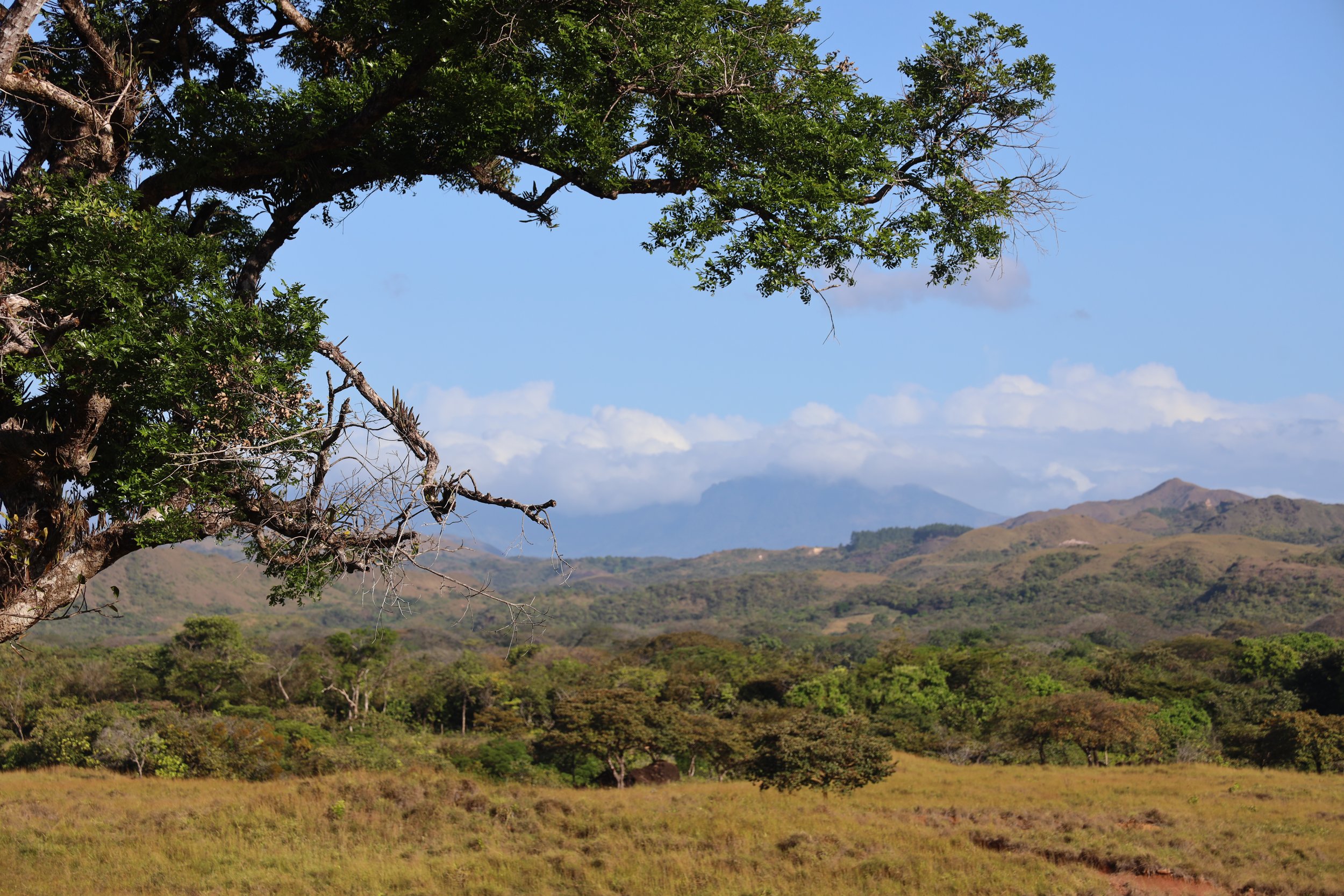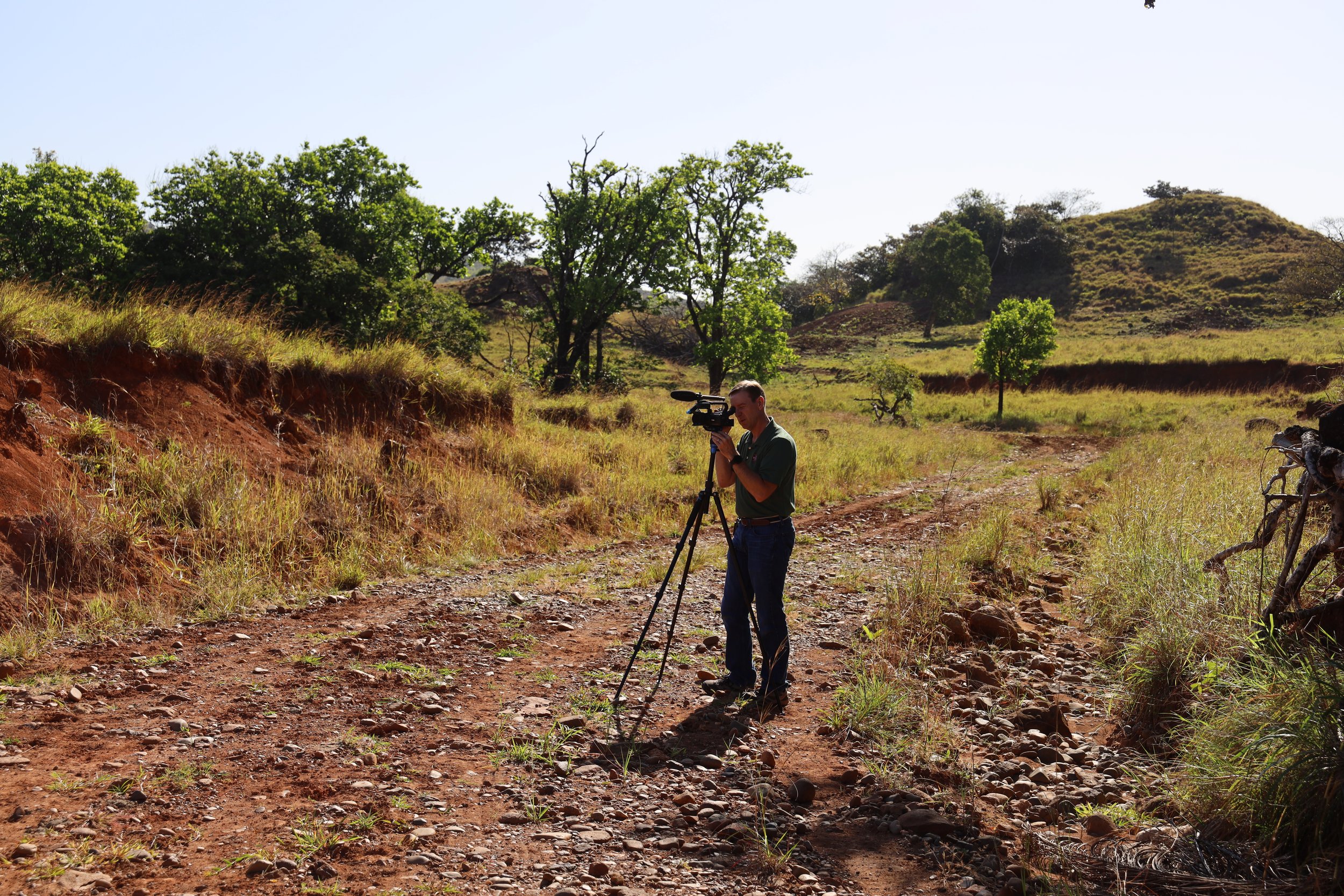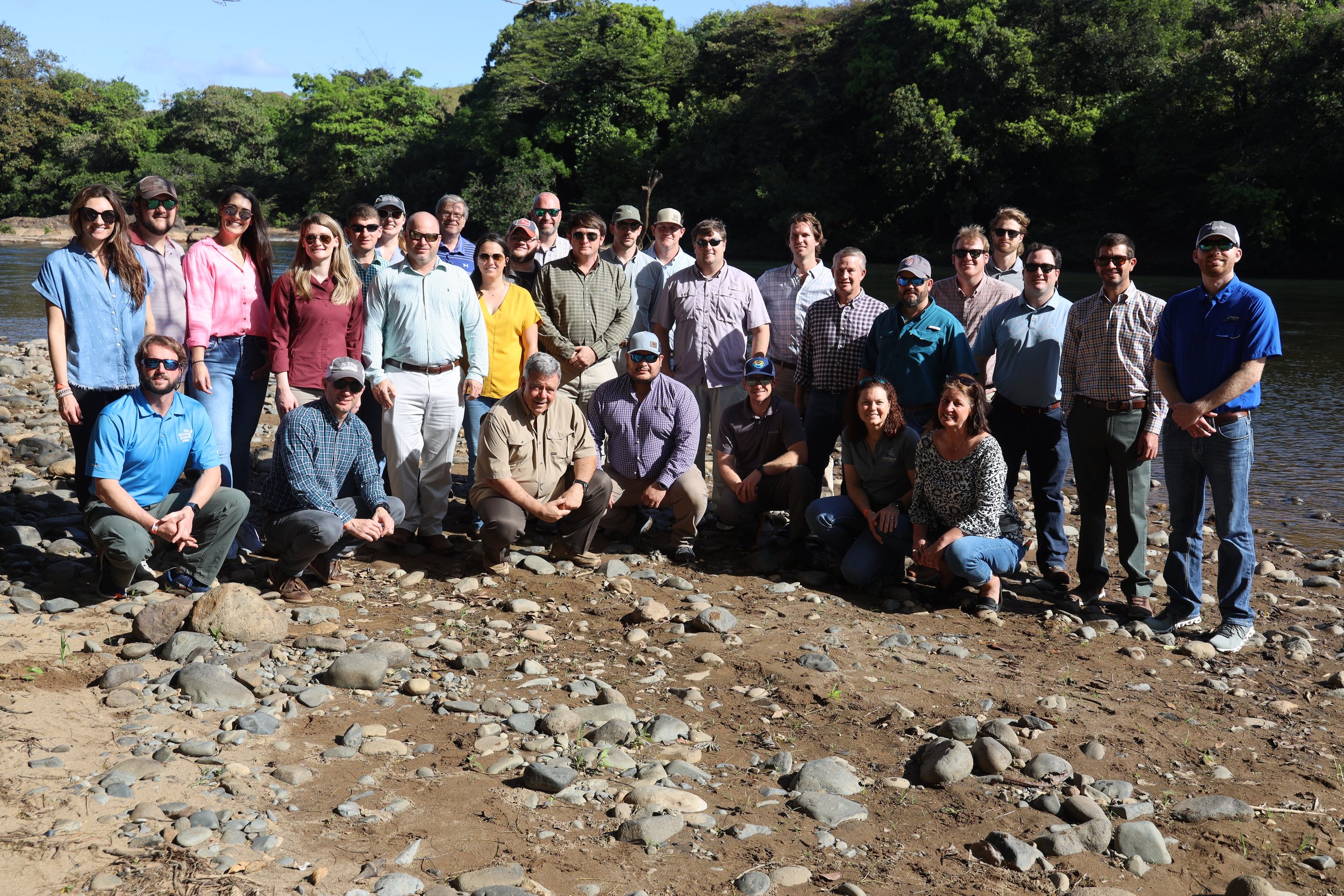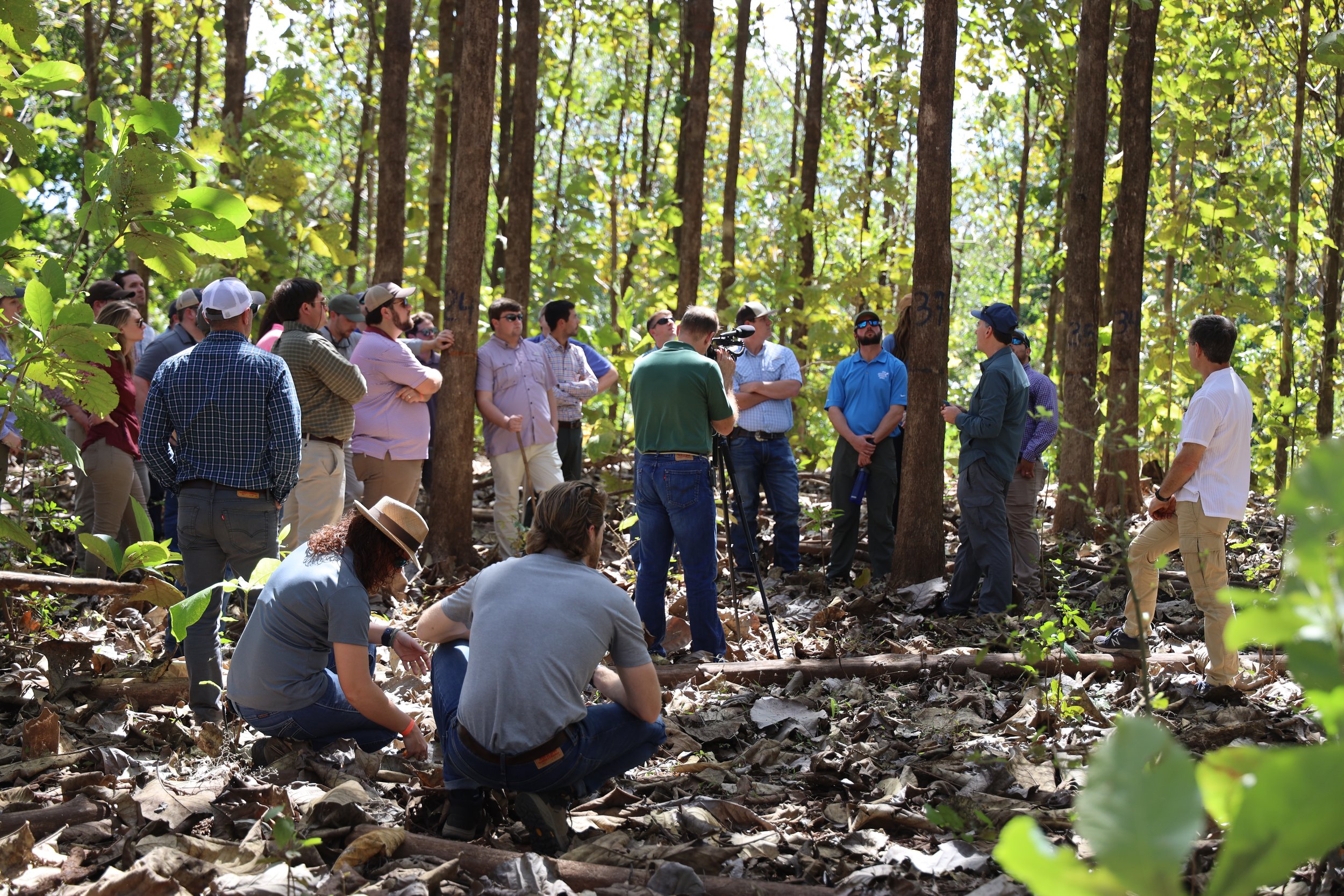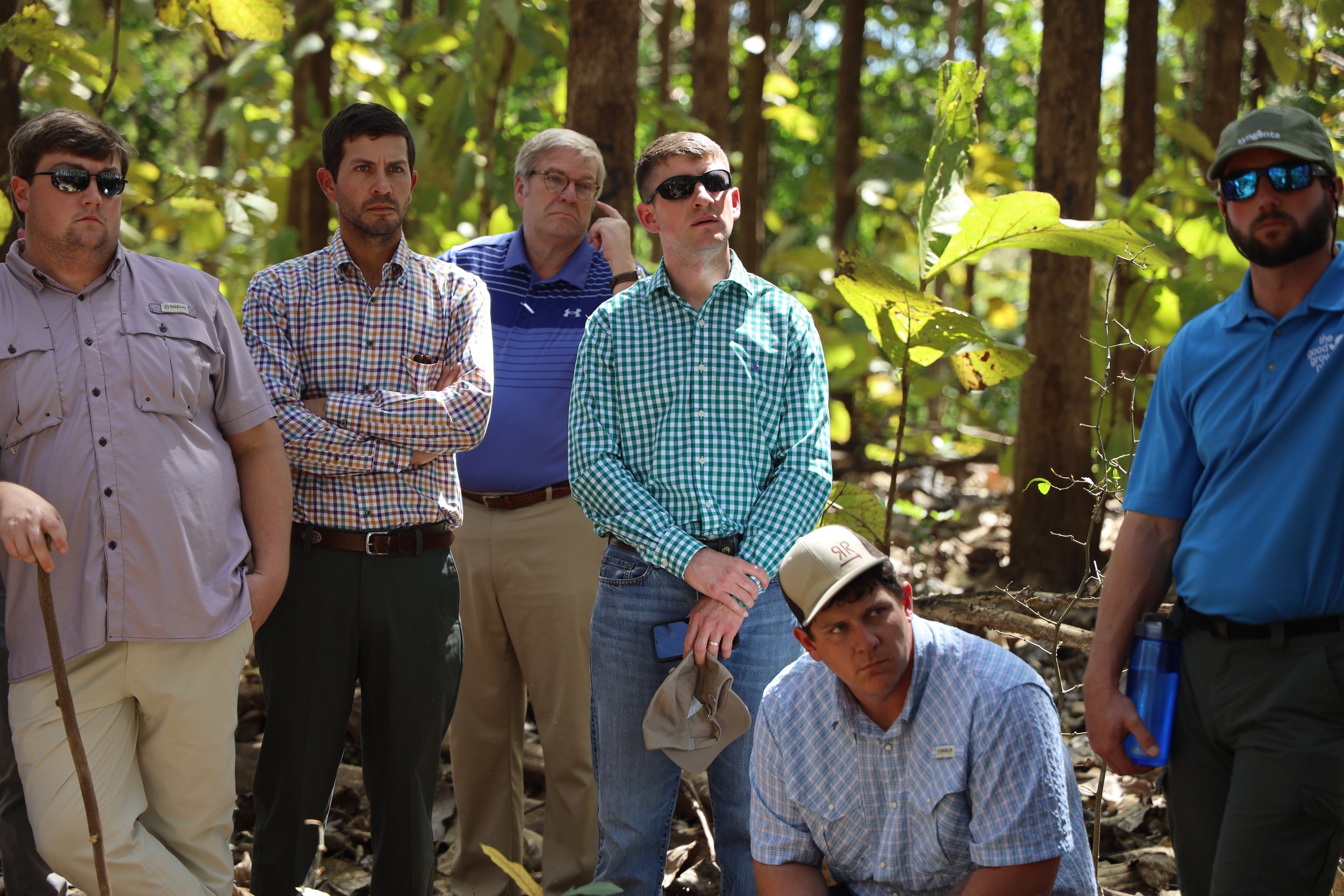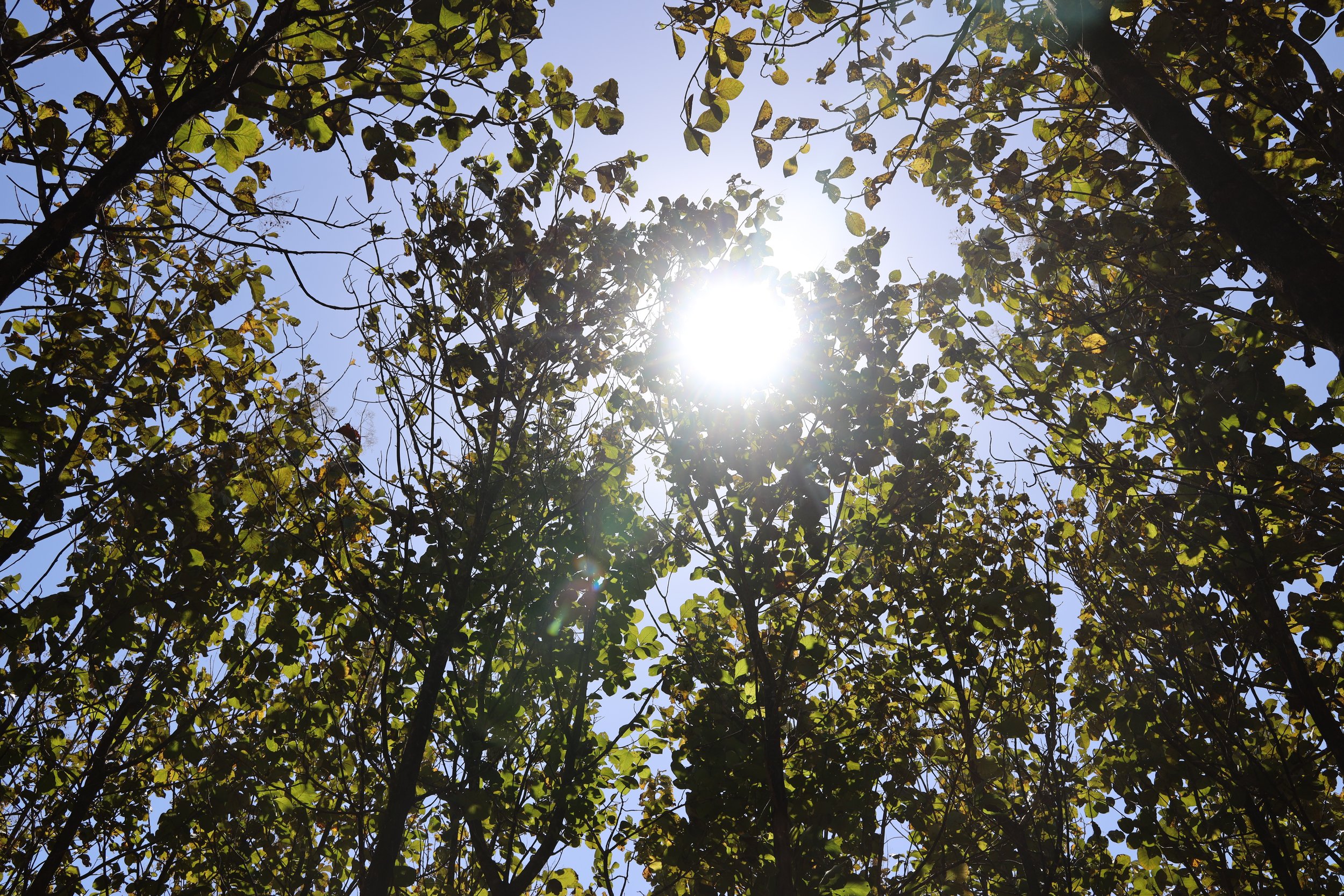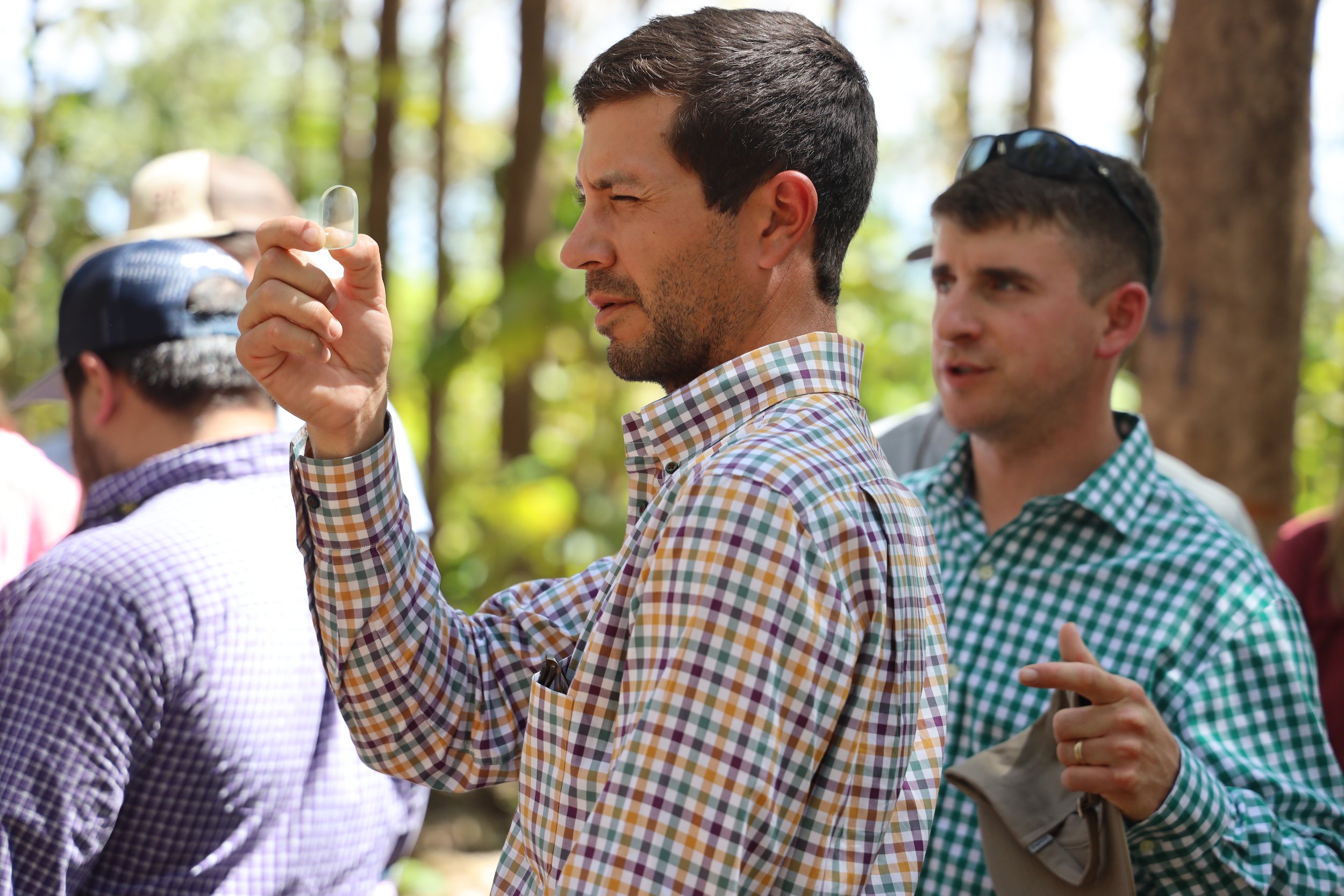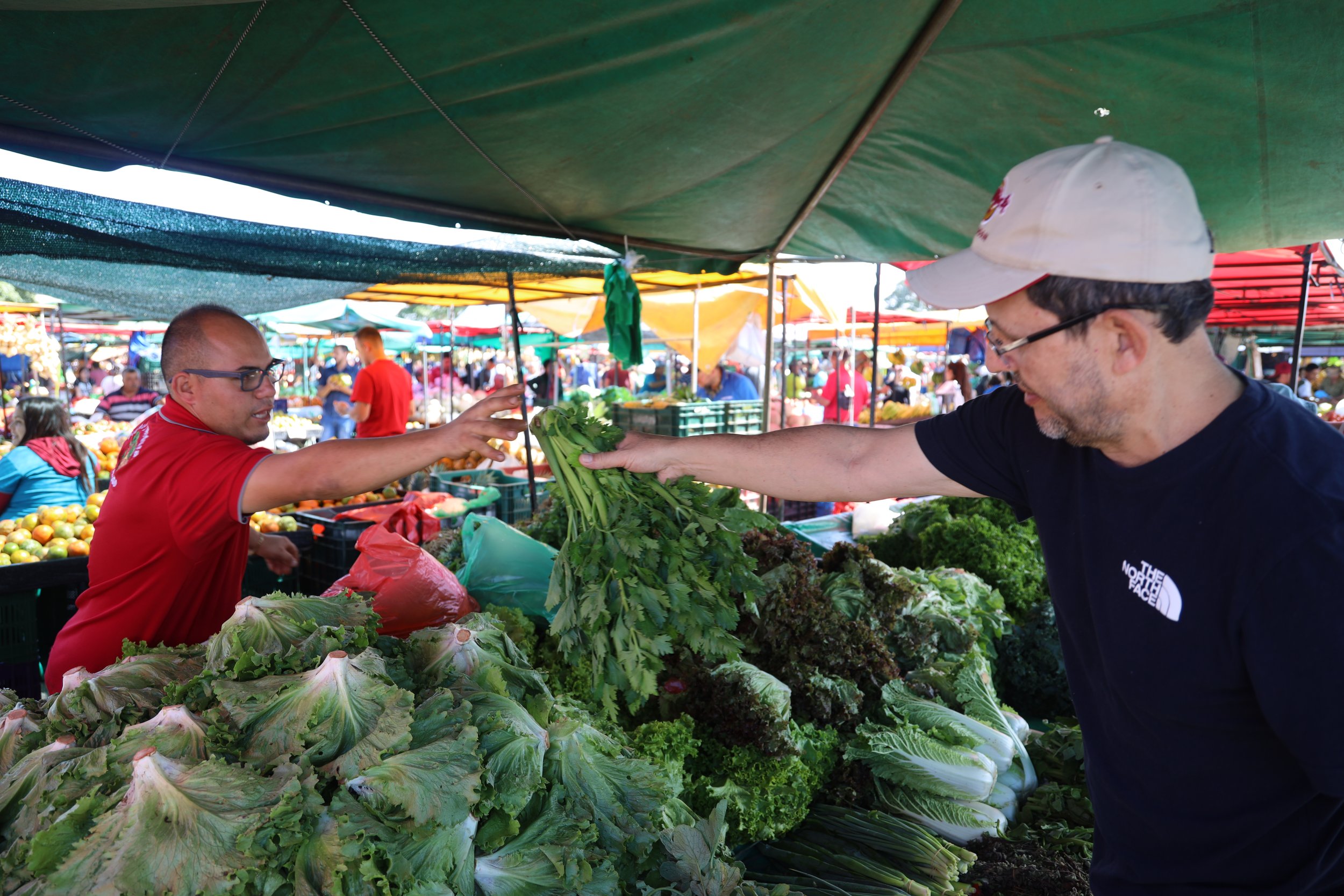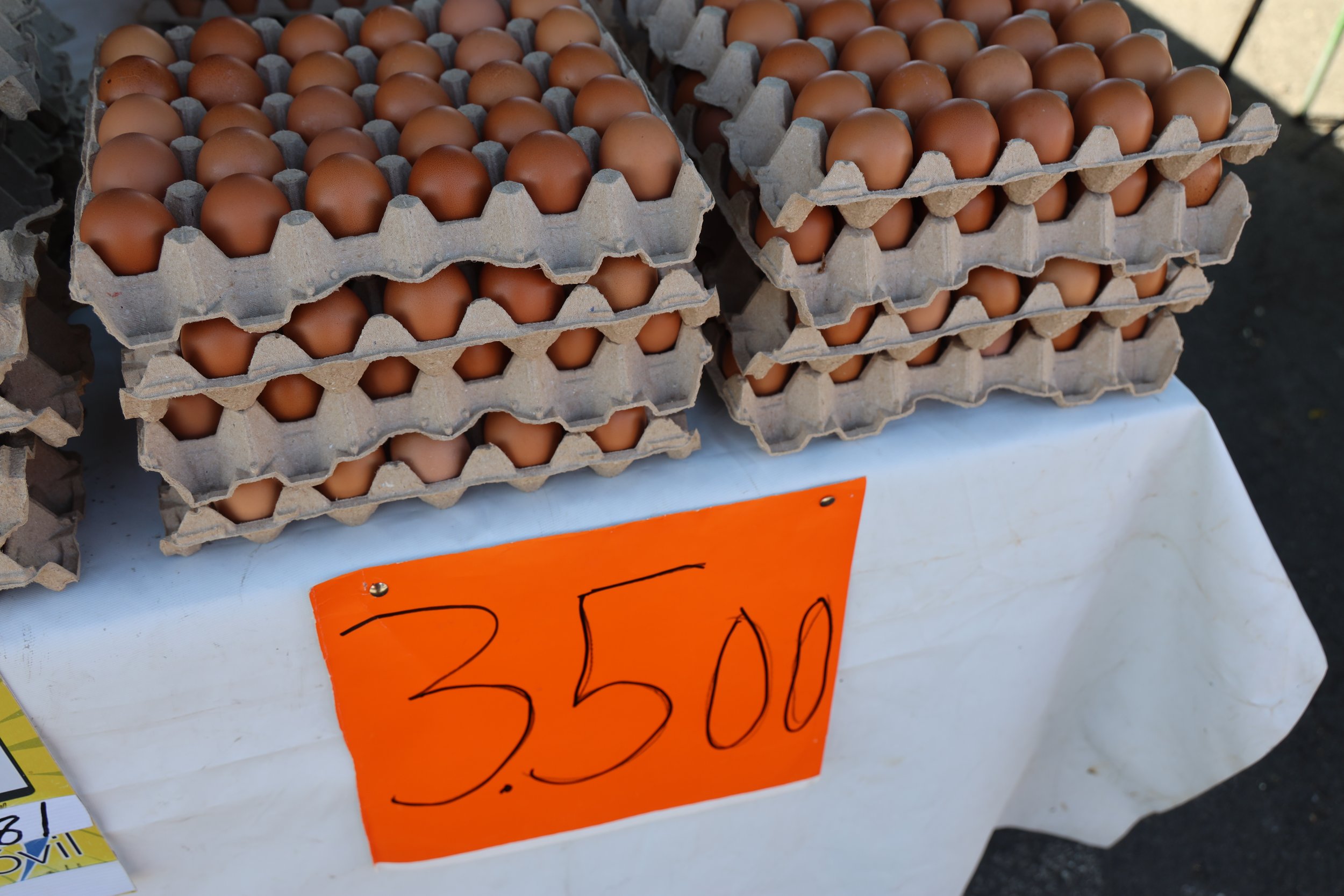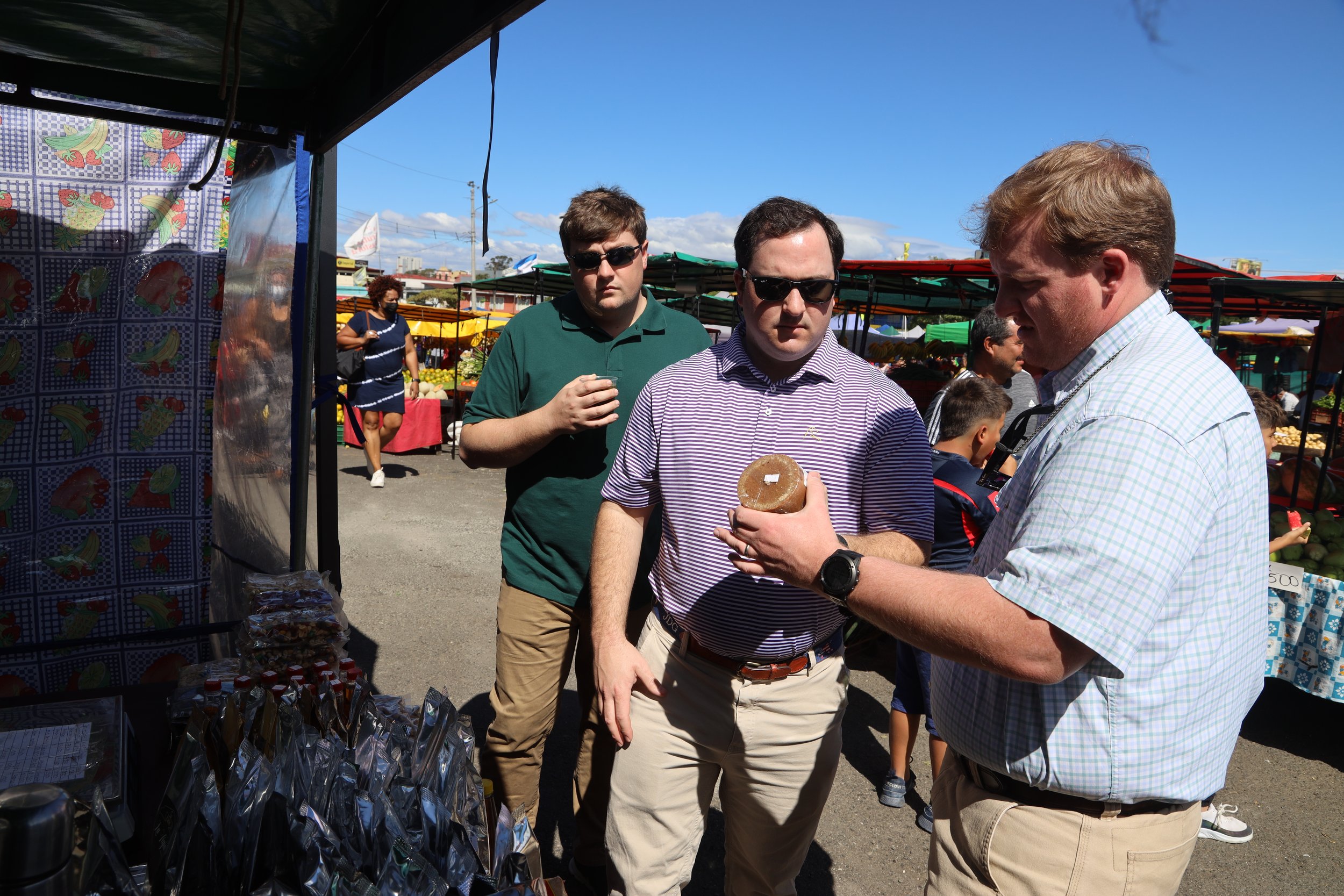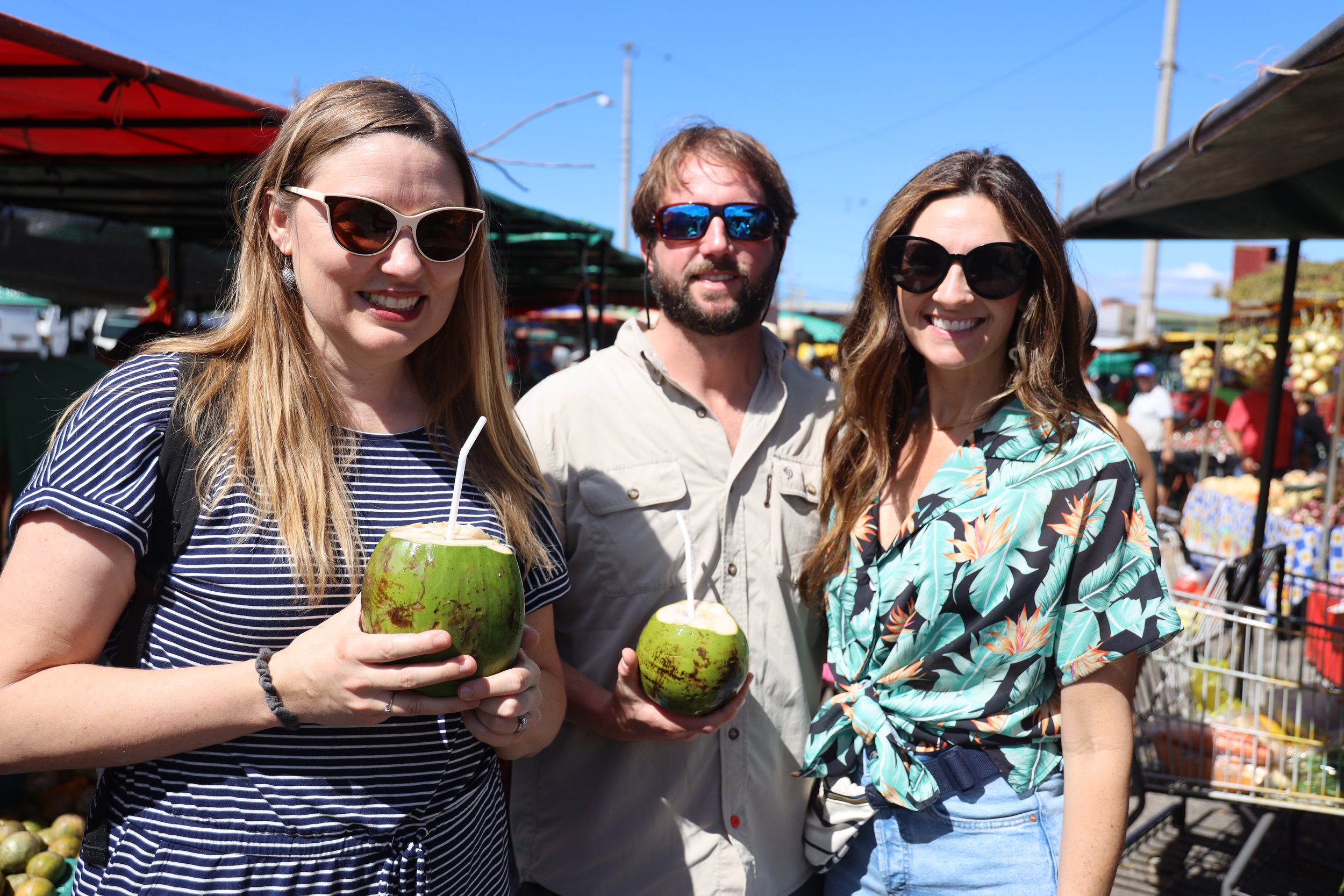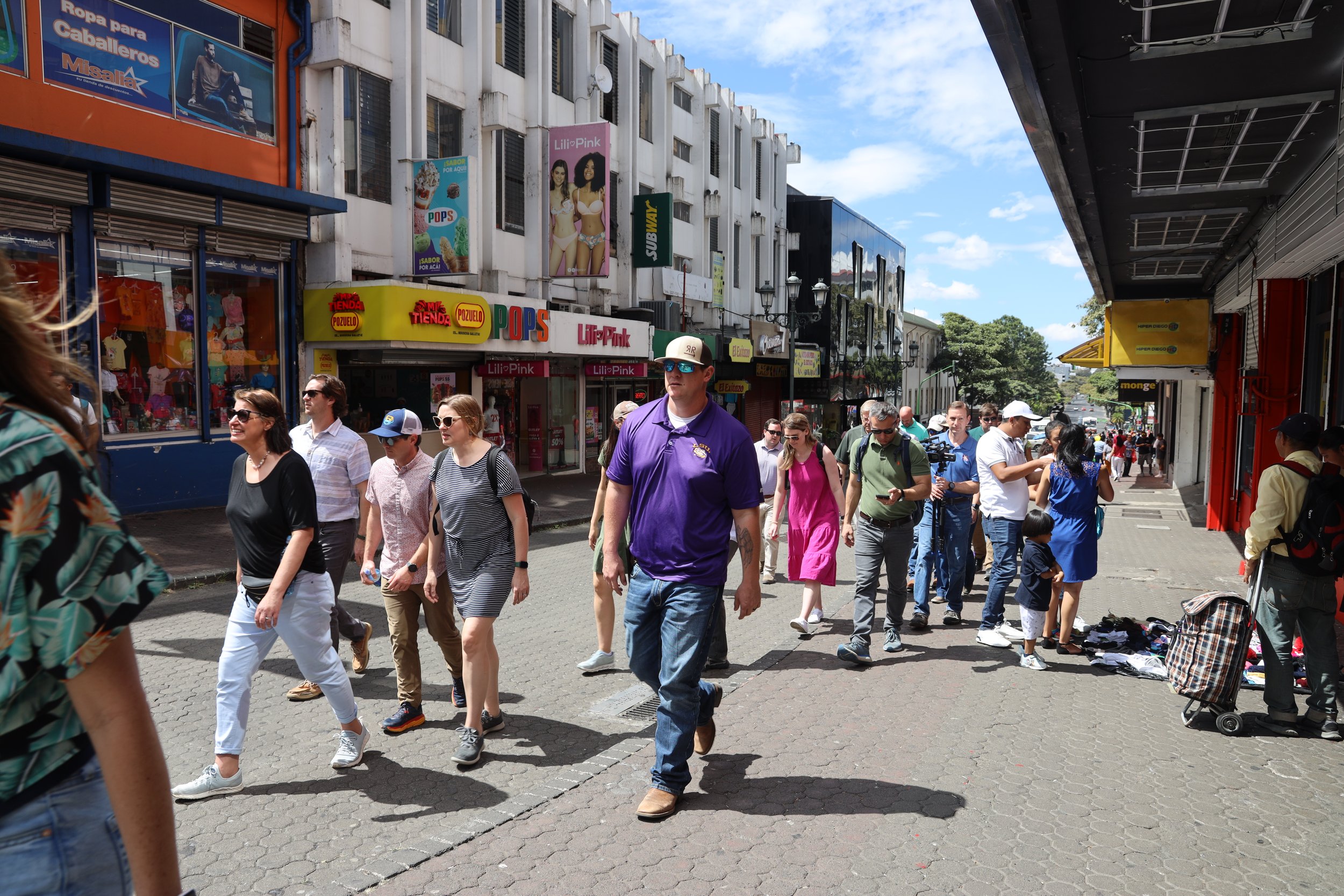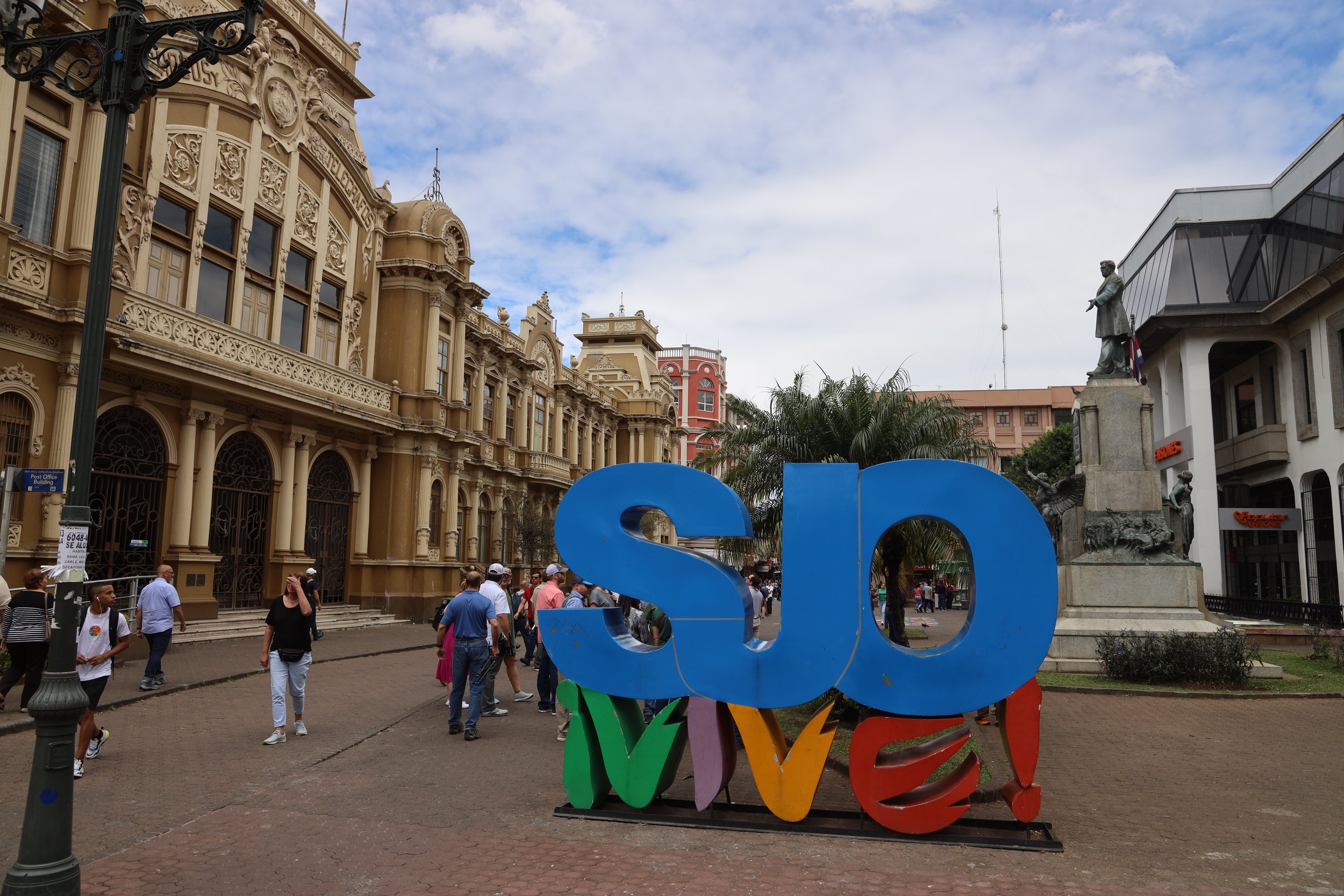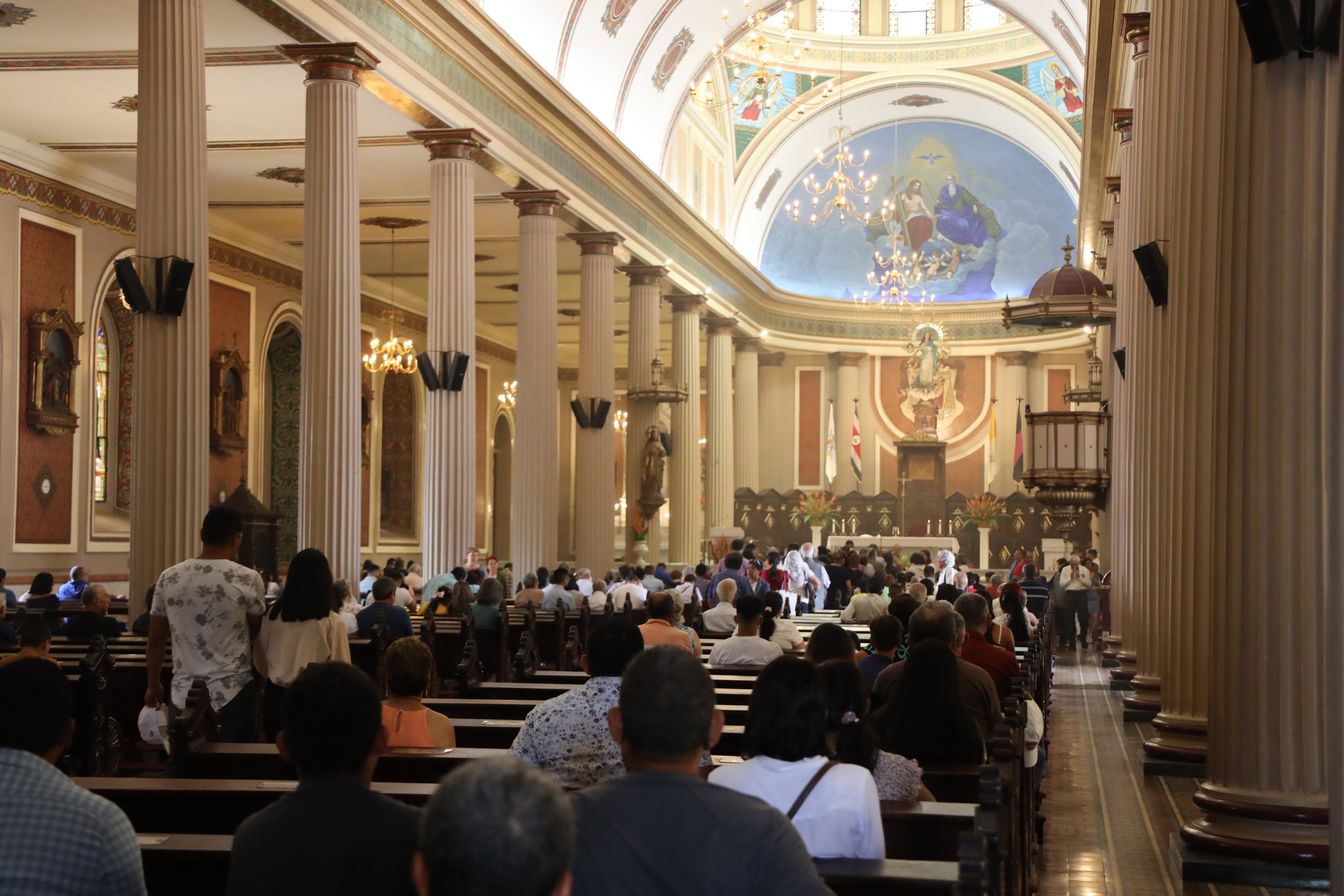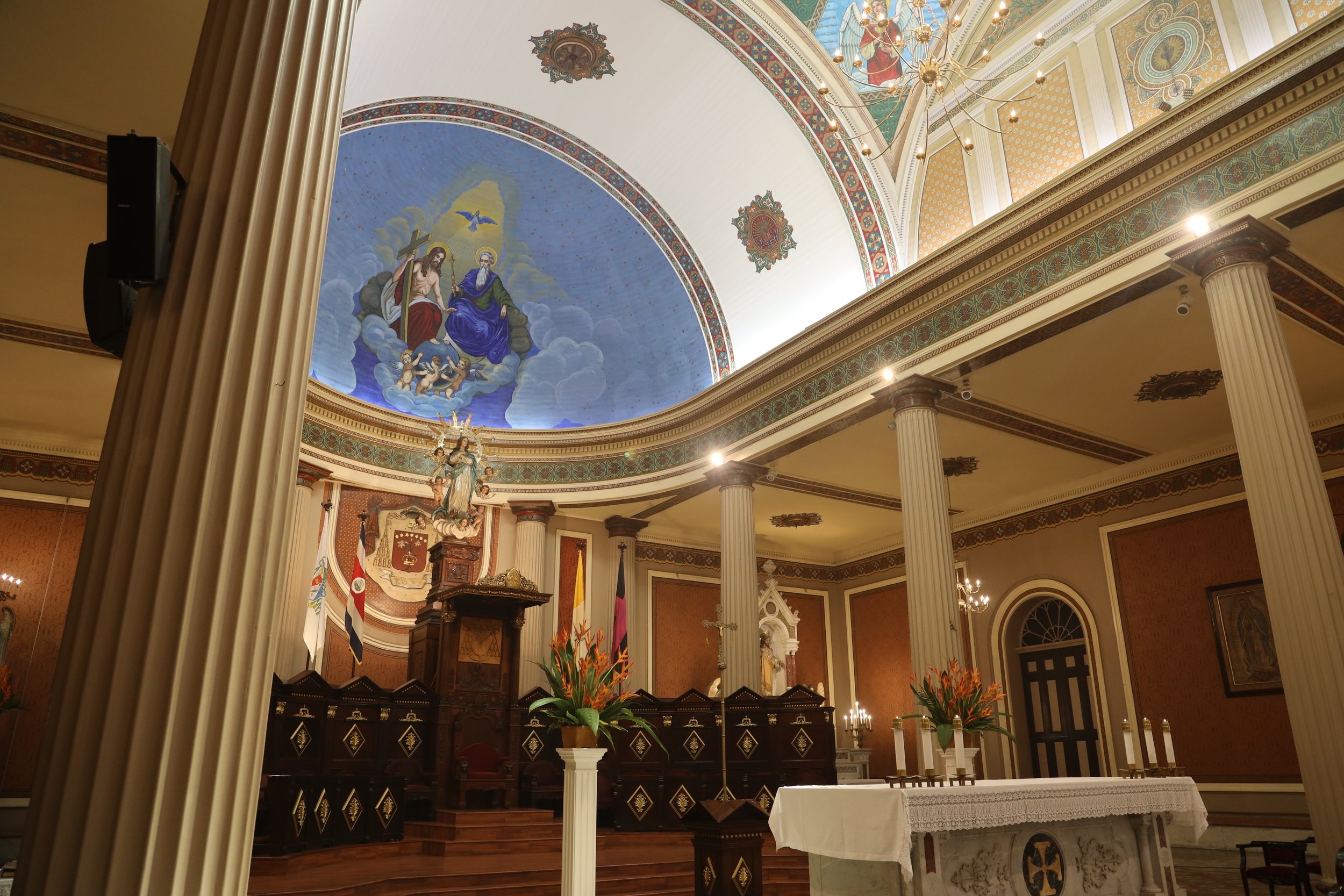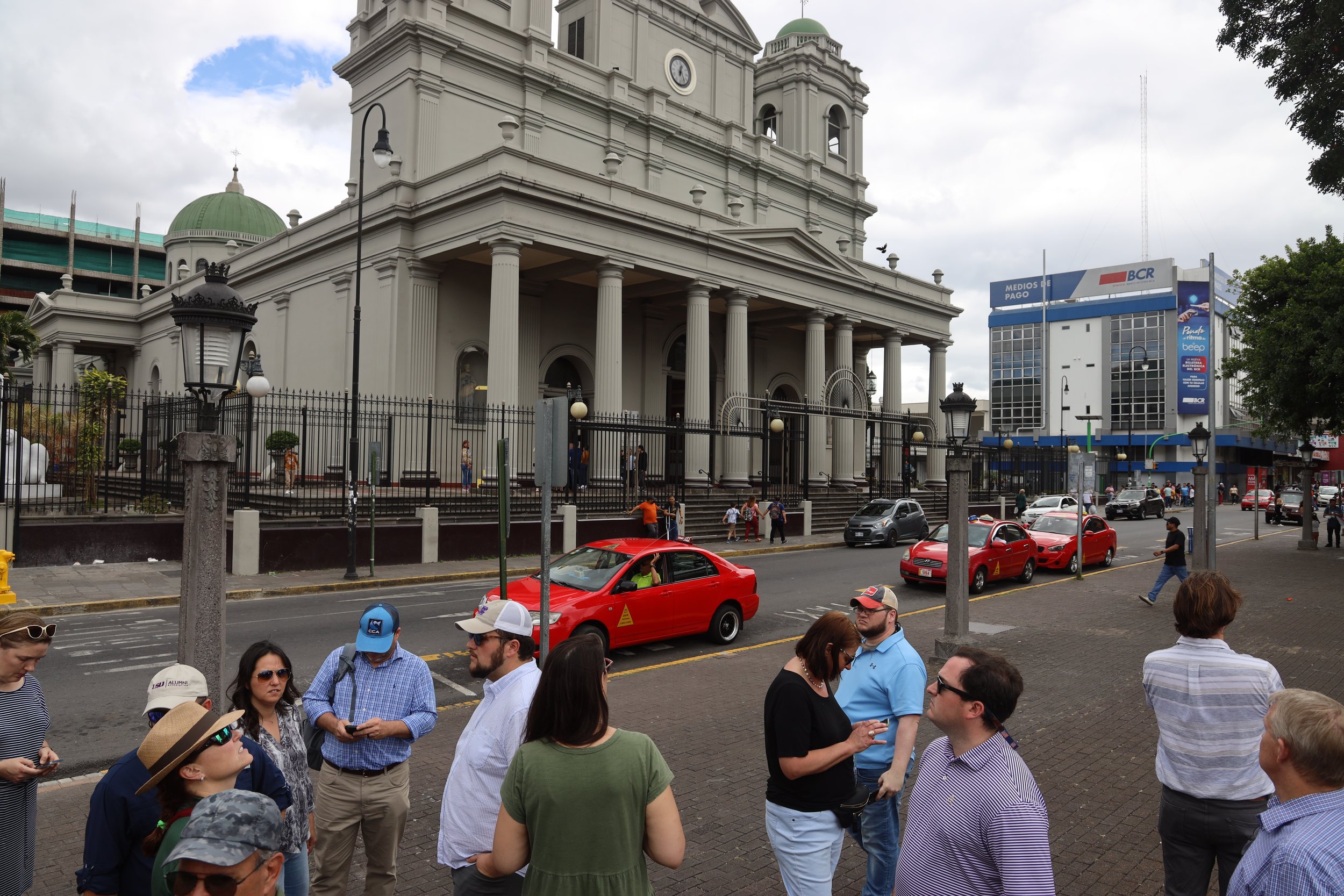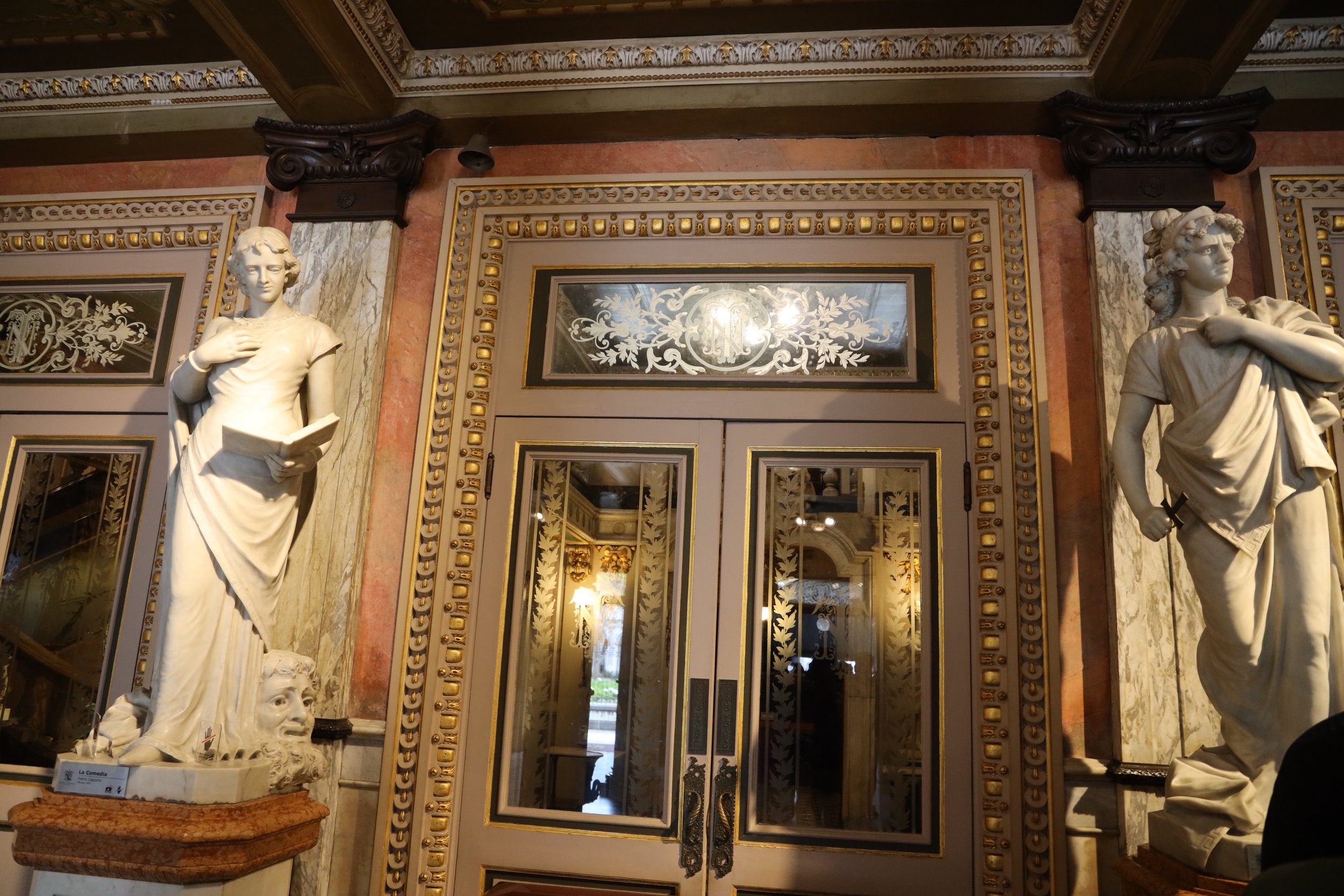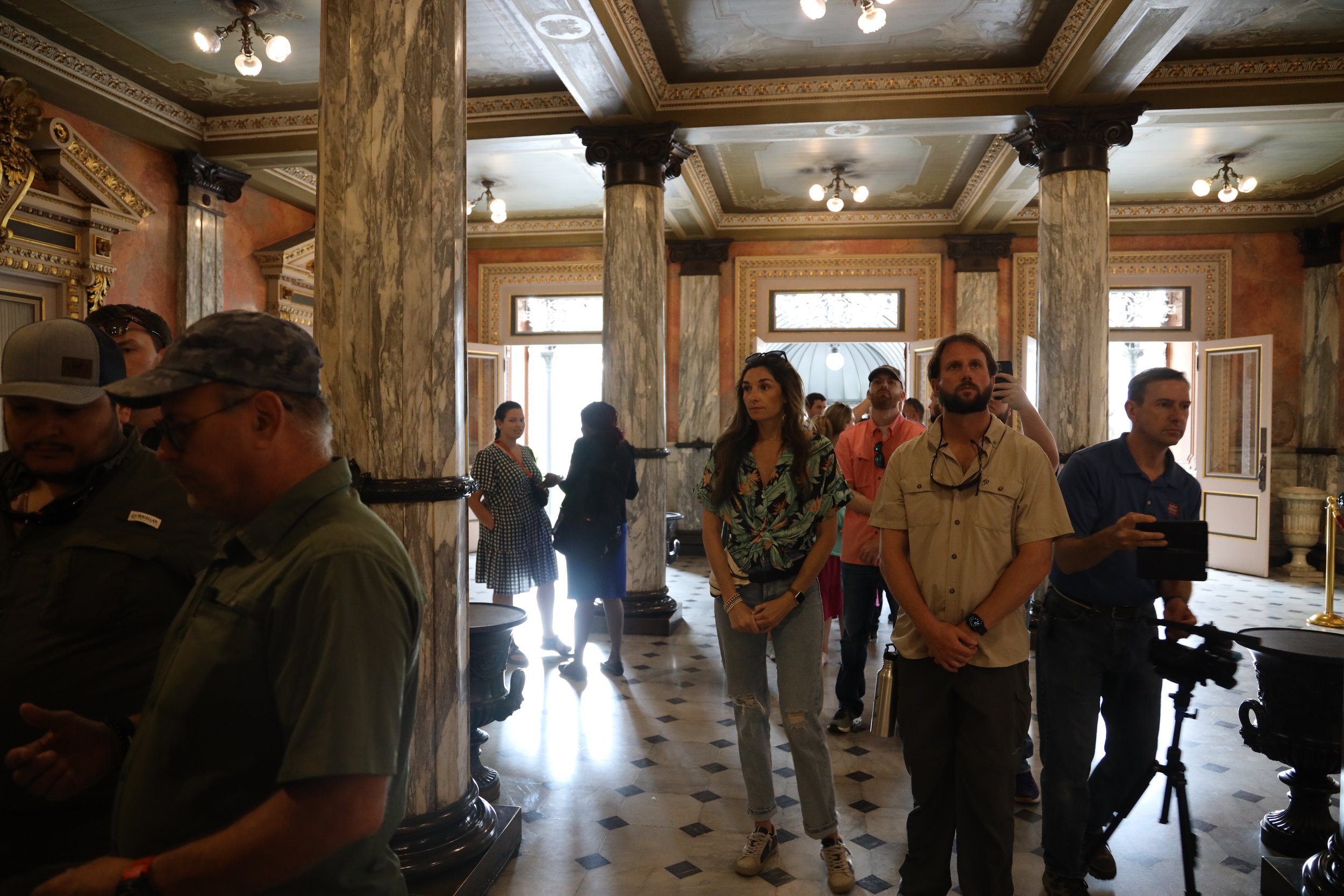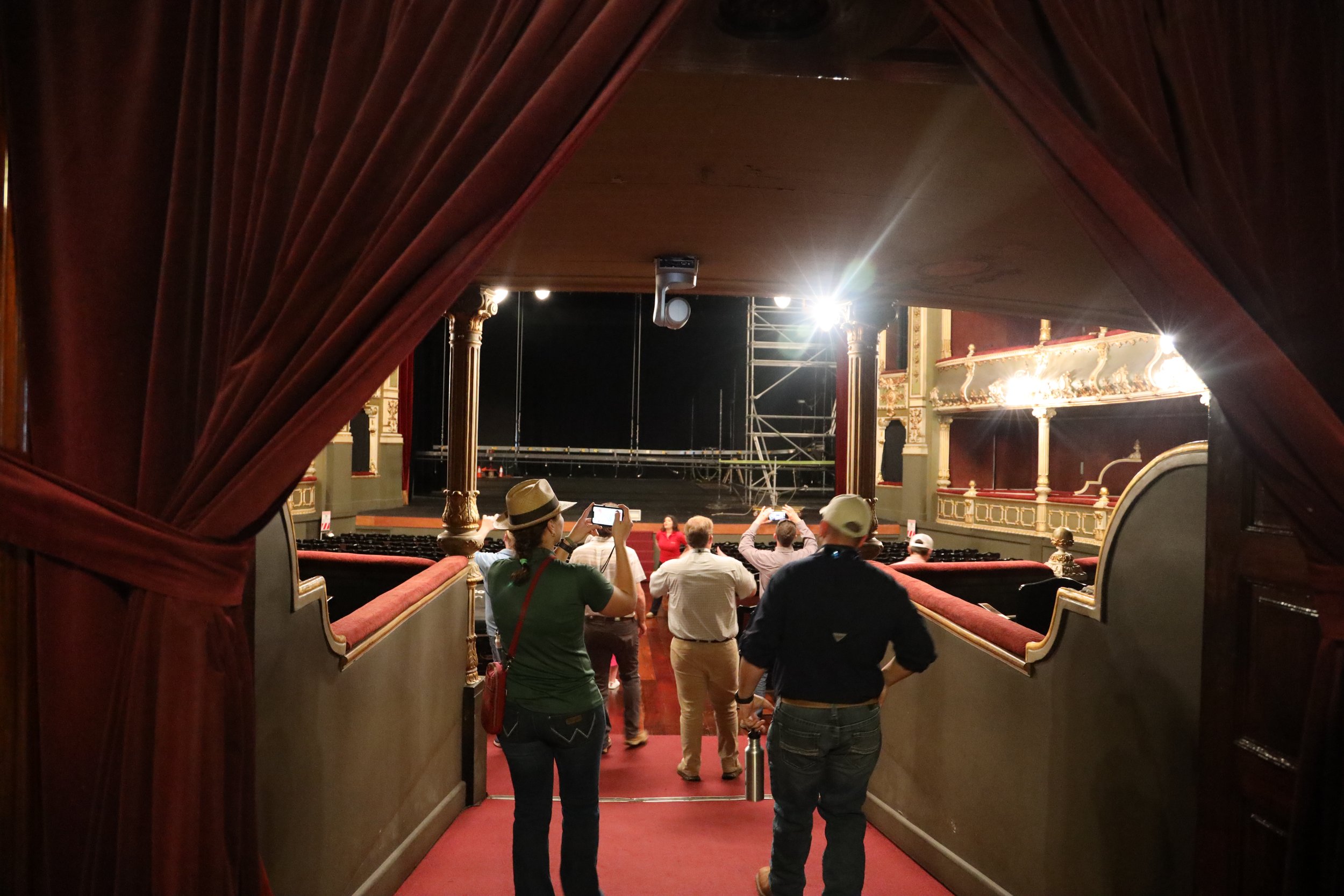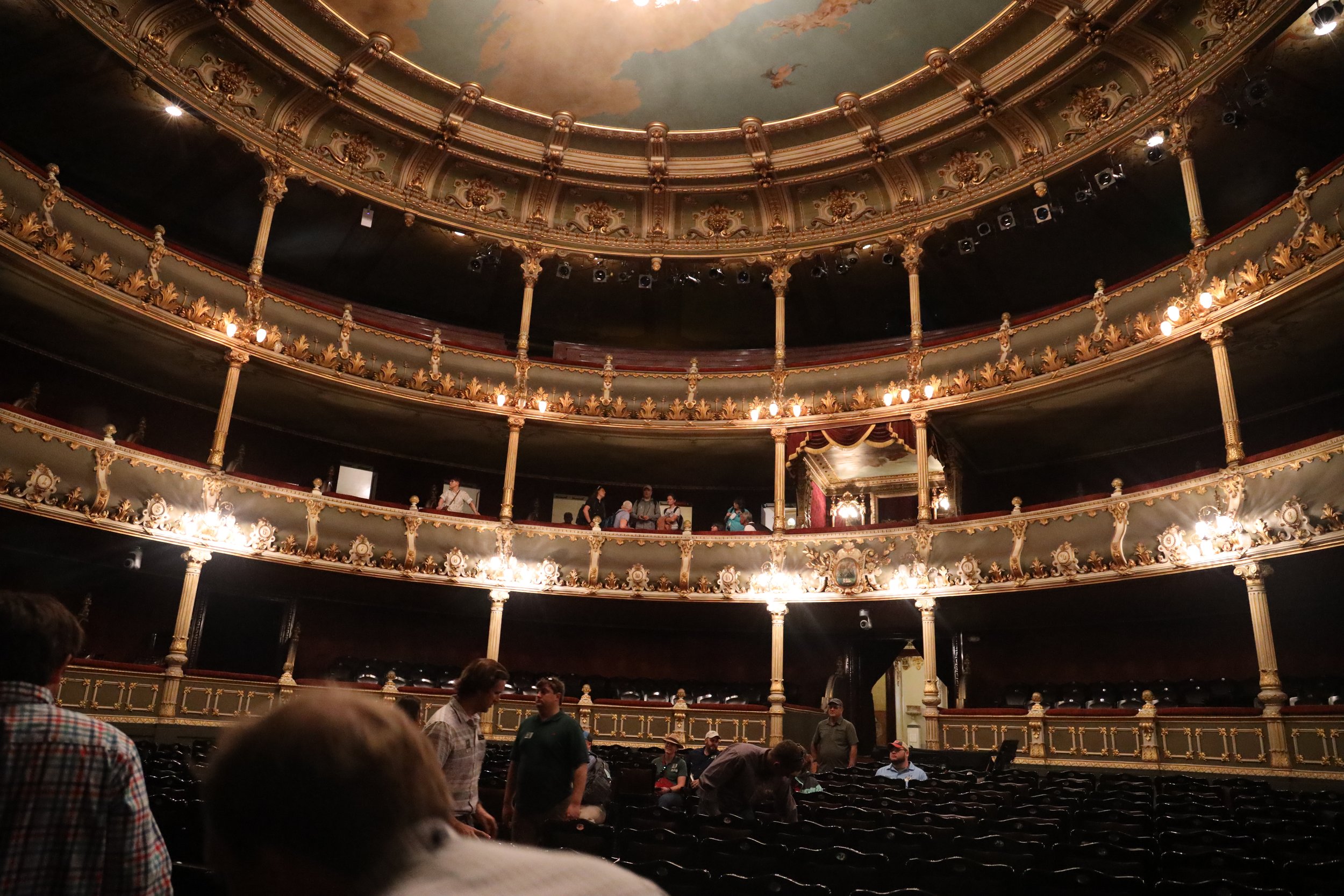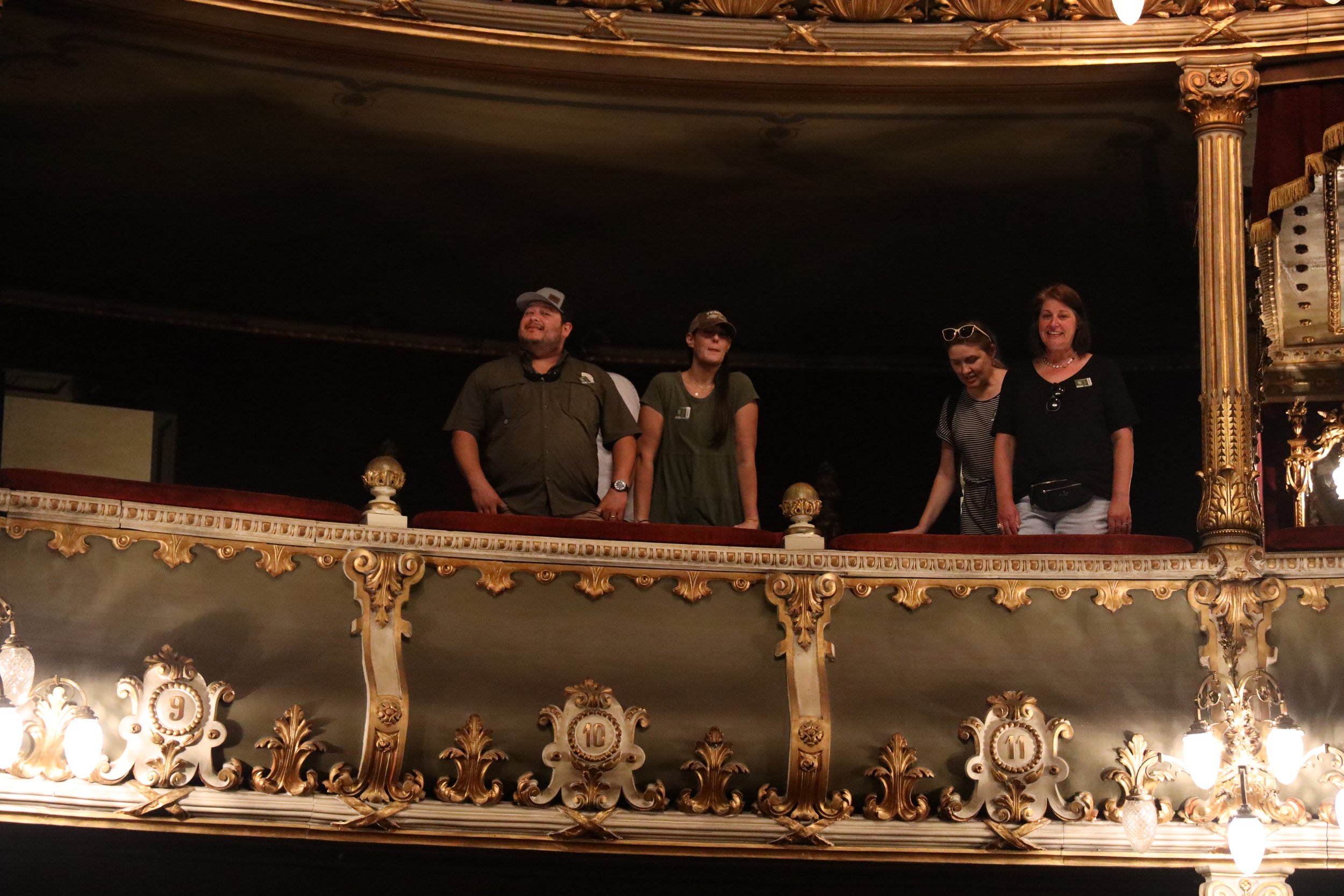Living La Pura Vida in Costa Rica
By Neil Melancon
Louisiana Farm Bureau
¡Pura Vida!
That’s the first thing we learned upon arriving in Costa Rica. Worn out from a long day of travel the day before, the class was able to slow down to the Costa Rican lifestyle on Sunday. Pura Vida literally means “pure life,” but it is really an attitude that is part Bohemian and part California. They run on their own timetable here, but it is an attractive way of life for natives and many ex-pats from across the globe. They say “pure vida” in response when you ask them how they’re doing.
It’s not the only linguistic quirk. Costa Ricans are known in Latin America as “Ticos” from the way they end their diminutives with “-tico” instead of “-ito.” We’re not sure yet if mojitos are called moticos, but research is underway.
It may seem laid-back, but there’s a quiet fierceness to the way of life here. San Jose is nestled between two of the three mountain ranges in the country and contains more than one-third of the country’s population. The city’s mountainous and dramatic backdrop hides active volcanos. Our guide told us that there are more than 100 earthquakes per year in Costa Rice, but assured us we can’t feel most of them. They’re called harmonic earthquakes, giving geologic presence to the vibe here. Pura vida, indeed.
On Sunday, Class XVII had a late start, and enjoyed the slow pace of a Costa Rican Sunday morning, starting at the farmer’s market of San Jose. Only held once per week, the market was crowded with people buying their fruits and vegetables for the week. The group was bewildered with the variety of a normal produce section, plus standouts like coconut, papaya, mango and dragonfruit. In addition to the raw ingredients, there were numerous food trucks on hand, and many in the class enjoyed a hobbit-like second breakfast.
A quick bus ride brought the group to downtown San Jose for a walking tour. The city was fairly crowded, but the cool mountain air was a welcome contrast to hot and humid Panama. The crown jewel of the tour was the National Theater. Built in 1897, it took six years to complete the "people's theater" to replace the one lost by fire. While wealthy coffee owners promised to pay for the construction, 96 percent was paid for by import and export sales taxes. As such, it is the pride of the city, modeled after neo-Classical theaters in Europe. The theater is open to everyone, but upon completion, non-aristocrats could only access third-floor gallery, while the wealthy either sat in box seats or in floor seating.
San Jose was the third city in the world to be electrified and the gilded lamps of the theater reflect the pride they had in that fact. All that glitters in the place is indeed gold—extensive gold leaf was used throughout the construction, a testament to the care and concern they put into what was once the center of entertainment for Latin America.
The class slipped fully into pura vida with a late lunch in town, followed by an afternoon and evening free. The next day begins with a meeting with the U.S. Ag Attaché and then a tour of a coffee farm. On Tuesday, the class will visit a world-class research facility to get a close-up look of the country’s efforts to preserve most of its land and what impact that has had on agriculture in the country of five million.
